Contributed by Prof-Worx
In just a decade, small drones have gone from tactical curiosities to indispensable tools in public safety. Police, fire, SWAT, and search & rescue units are now deploying drones to get eyes in the sky faster, reduce risk to personnel, and sharpen situational decisions. The real question for many agencies is no longer whether to adopt drones, but how to integrate them into standard operating procedure so they become a dependable element of daily work.
This shift is significant. Public safety missions, urban search, building evacuations, active incidents, and nighttime operations demand swift situational awareness.
Drones offer a compact and flexible way to extend sensory reach without sending more boots into danger. And the results are clear: agencies that have embedded drones in their operations report faster assessments, safer deployment decisions, and clearer post-incident reviews.
Why Agencies Are Leaning In
Public safety work thrives on speed and clarity. A collapsed roof, a barricaded suspect, a missing child in the woods; each scenario demands immediate awareness. Traditionally, responders had to send people into the unknown. Today, a compact drone can cover that ground first.
“Within sixty seconds, we had a complete view of the roofline,” recalled one fire chief in Georgia after a warehouse fire. “That would have taken a ladder crew and exposed them to falling debris.”
Data supports the shift. A 2025 Verizon Frontline survey found that nearly half of first responders expect to use drones or robots daily within five years, up from just 15 percent today. Analysts estimate that the public safety drone market will grow from $1.6 billion in 2023 to $4.1 billion by 2033, representing a nearly threefold increase.
From Specialist Gear to Team Asset
The agencies ahead of the curve treat drones less like exotic technology and more like working dogs, loyal partners that extend capability. Drones can push into places unsafe for humans or animals, relay live video, and redeploy from one call to the next in minutes.
Early programs often relied on a single operator or outside pilot, but that model is fading. The real value comes when frontline teams train for drone use themselves. When the same people making tactical decisions are the ones controlling the drone, intelligence flows more quickly, trust builds quickly, and operations run more smoothly.
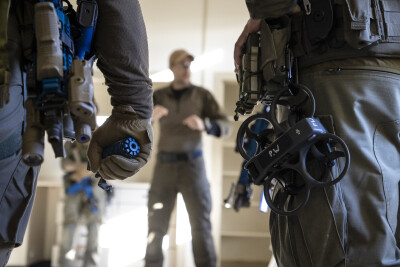
What the Gains Look Like
- Faster scene intelligence: mapping a structure or scanning terrain in minutes, not hours.
- Safer deployments: sending people in with a preview instead of blind exposure.
- Better records: HD video and thermal imagery that support investigations and after-action reviews.
- Sharper rescues: thermal sensors spotting a missing hiker in darkness or dense brush.
The Chula Vista Police Department, one of the first to run a Drones as First Responders program, now launches UAVs to incidents faster than patrol cars can arrive. In New York, the NYPD recently began dispatching drones to robbery and gunshot-detector calls, putting live eyes overhead before officers even reach the block.
Integration Is the Hard Part
Buying drones is easy. Integrating them into doctrine is what separates the pilots from the programs. The most successful agencies tackle three fronts.
- Policy and trust: Clear guardrails reassure both the public and city councils. Transparency reduces resistance.
- Training and teamwork: Operators must go beyond flight skills — they need to extract actionable intelligence, report it concisely, and manage resources under pressure.
- Equipment built for service life: Ruggedized, modular systems outperform hobby kits when minutes matter. Agencies that plan for maintenance and software support avoid the trap of grounded fleets.
Supporting Data & Trends
- A 2025 Verizon Frontline survey found that 48 percent of first responders expect to use drones or robots daily within five years (up from about 15 percent today).
- In Dunwoody, Georgia, the local police department reported that drone deployment cut response times and improved officer safety during real incidents.
- The number of U.S. public safety agencies using drones leaped by 82 percent between 2016 and 2017; at least 910 agencies now own one or more UAVs.
- The global public safety drone market is projected to grow from USD 1.6 billion in 2023 to USD 4.1 billion by 2033, representing a CAGR of 9.87 percent.
- In policing, public support is nuanced: In a survey from Mesa County, 62 percent of respondents endorsed drone use for crime monitoring, though 53 percent also agreed it could infringe privacy, contrasting with national attitudes.
- On policy, 41 U.S. states have enacted laws or resolutions addressing law enforcement’s use of drones, often targeting definitions of UAV, permitted use cases, and privacy constraints.
These numbers tell a story; the trajectory is aggressive, but success rests on thoughtful integration, oversight, and community buy-in.
Measuring Success
Three metrics stand out across agencies that have scaled effectively:
- Time to actionable intelligence: how quickly drone data changes a commander’s plan.
- Risk reduction: how often drone reconnaissance prevents dangerous blind entries.
- Review quality: how drone footage improves clarity in investigations or training.
These are simple, defensible, and compelling for leadership.
Lessons From the Field
Veteran programs emphasize discipline:
- Keep comms crisp, as jargon can slow decisions.
- Rotate batteries like ammunition, and never get caught short.
- Cross-train operators so there are no single points of failure.
- Treat data as evidence from day one, and secure, store, and audit it accordingly.
The Road Ahead
Public safety agencies worldwide are already normalizing drones. In Flagler County, Florida, deputies use UAVs to de-escalate incidents. In the UK, fire brigades deploy drones for hazardous material assessments. In Europe, cross-border search teams rely on drones for real-time mapping in mountainous terrain.
Technology is not the hurdle anymore. The challenge is building programs that integrate seamlessly, respect privacy, and deliver measurable value. Those that succeed will set the standard for how communities view drones, not as intrusive machines, but as quiet, reliable partners in keeping people safe.
As one Texas fire chief put it after his team’s first drone-supported rescue: “The drone didn’t fight the fire, but it gave us the edge to bring everyone home.”

Prof-Worx has transformed the way indoor drone operations are conducted, backed by proven field experience. We pioneer drone innovation by engineering specialized add-ons, from tactical wearables to advanced optics, that deliver precision and reliability in real-world scenarios. Through our Tactical Drone Operator (T.D.O.) concept, we also provide expert training and consultation to help defense and civilian teams stay ahead as operations continue to evolve


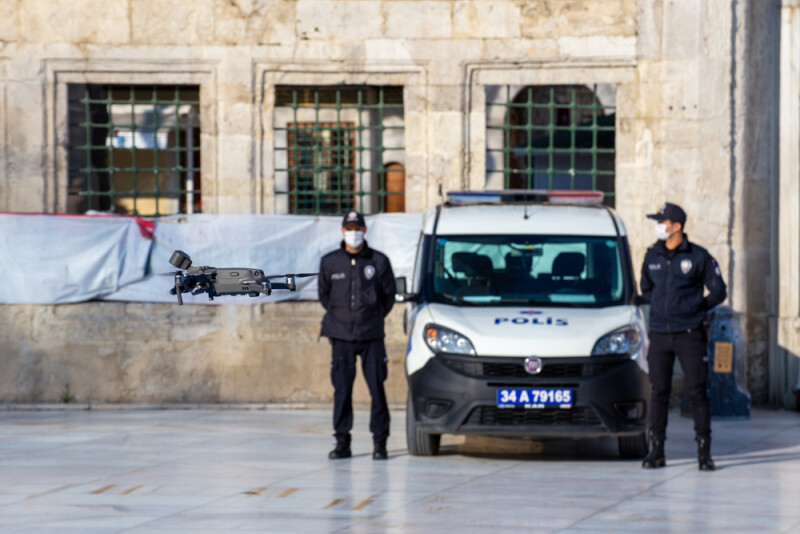

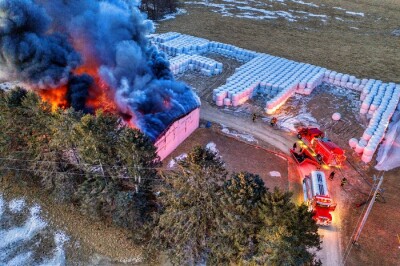
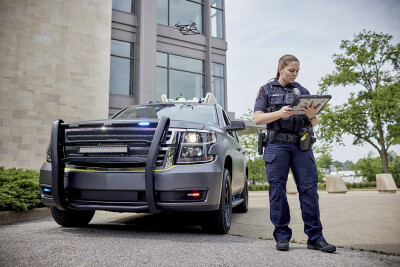

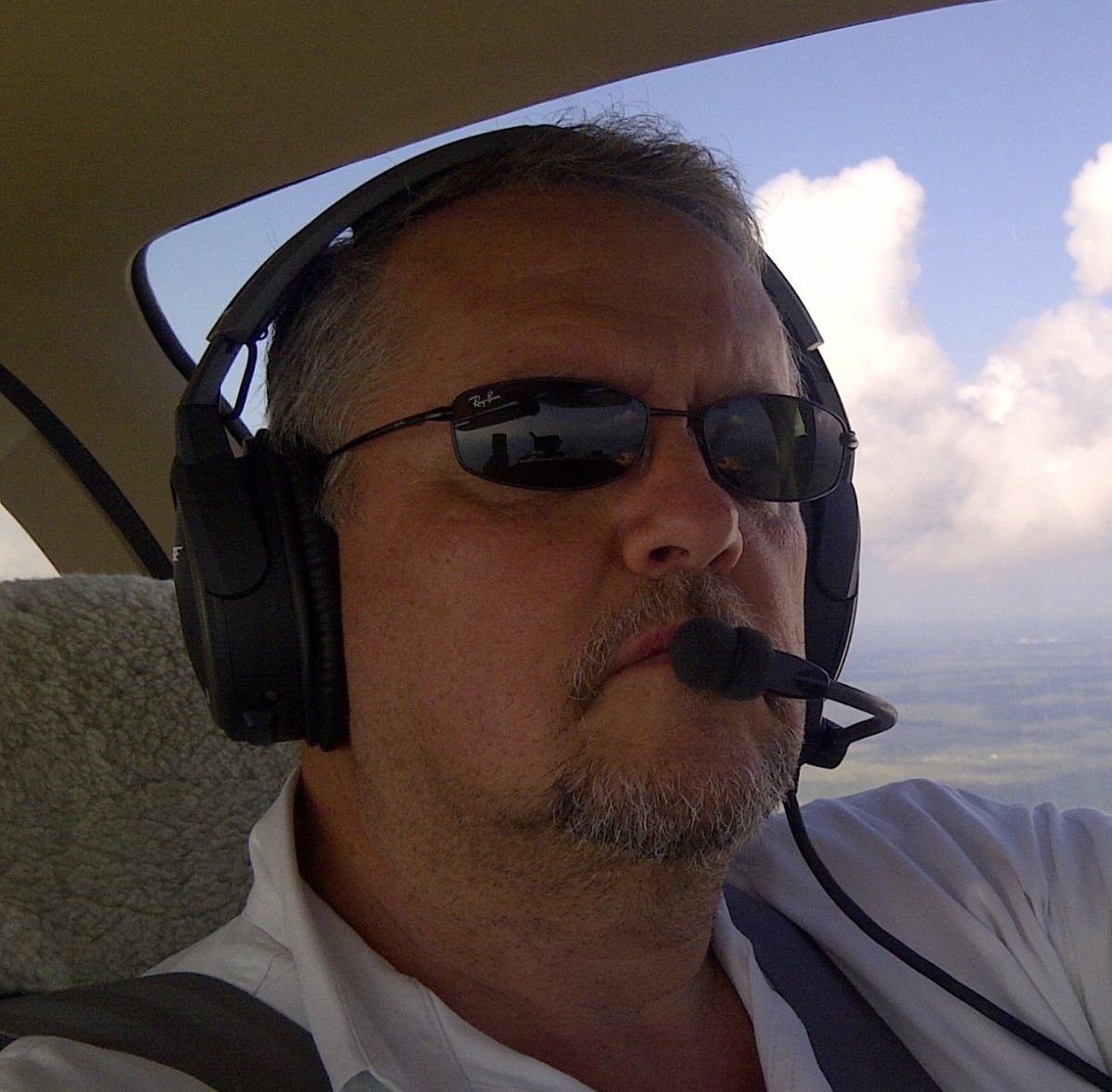





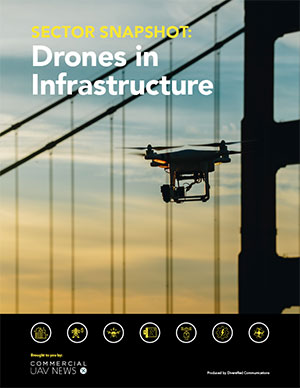
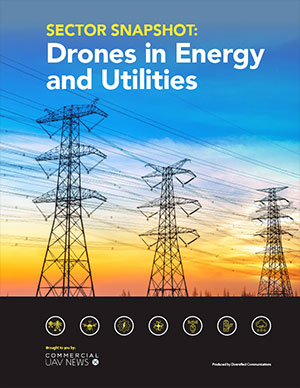
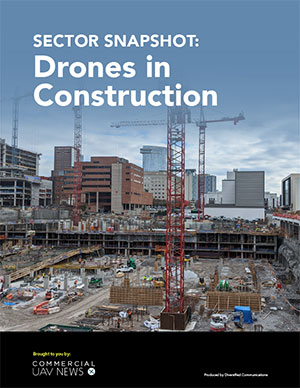
Comments